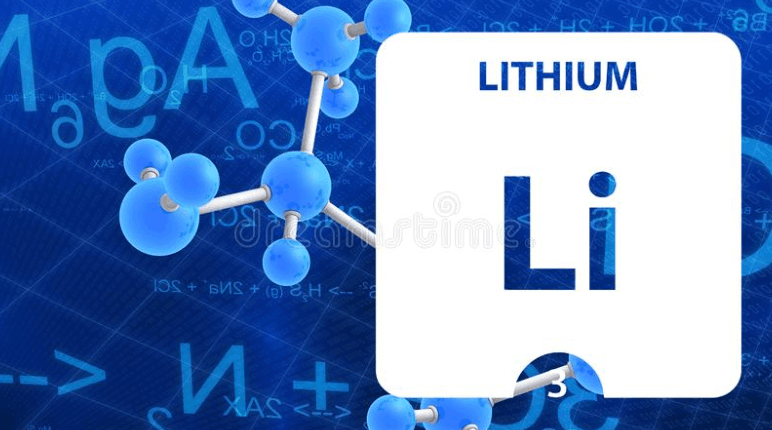
Lithium 101:
Learn more about
the element
Lithium

Learn more about
the element
Lithium
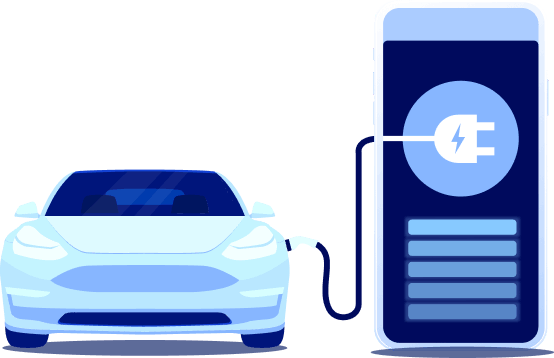
Demand for lithium-ion batteries is growing at an exponential rate, driven in large part by increasing global demand for electric vehicles, mobile devices and grid storage.
All of these market demands serve a purpose, whether reducing air pollution, physical and virtual mobilities, enabling medical devices or advancing renewable energy. At the heart of it all is the element lithium.
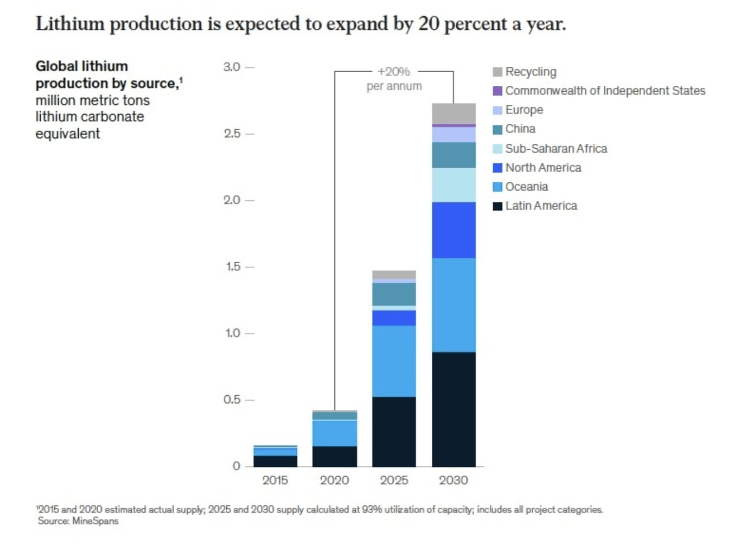
Lithium exhibits unique characteristics that are difficult to replicate with competing battery materials. For example, lithium-ion batteries enable higher energy density (i.e., the amount of energy stored per unit volume or mass) and specific power (i.e., the ability to provide a power burst) than competing battery technologies. In other words, lithium is light, but is able to store large amounts of energy. As such, it has become the battery technology of choice to power our future.
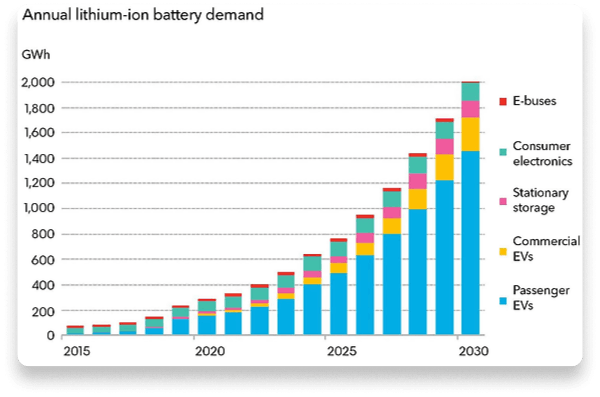
Electrification of vehicles (EV) are at risk without a secure supply of lithium
There are currently no elements that are able to achieve lithium’s performance
Lithium has been added to the critical minerals list in the USA and Canada
Global lithium production is estimated to be 350,000 T per year lithium carbonate equivalent (LCE). Demand by 2030 is forecasted to exceed 2,000,000 T
Battery manufacturers and automakers, paying attention to raw material supply, are growing their engagement with upstream producers in order to secure lithium
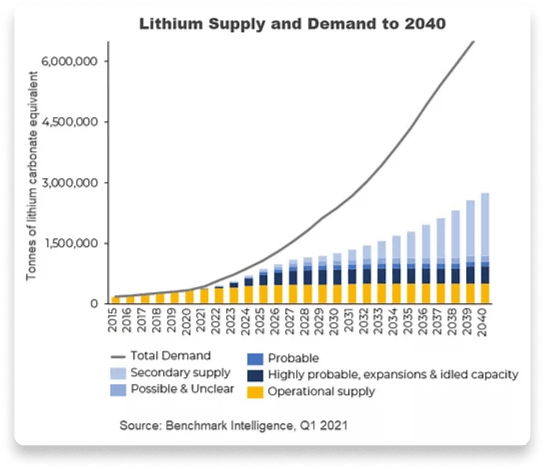
As the world searches for cleaner sources of energy to help reduce carbon emissions, an opportunity is being created for countries and companies that can answer the call, especially as it relates to transportation. As car companies like GM, Ford, Tesla and others are proving, the demand for electric vehicles (EV) of all kinds is growing rapidly in the U.S. and around the globe. Some projections indicate that by 2030 there will be approximately 245 million electric vehicles on the road around the world, accounting for about 30% of new car sales, and as much as 60% by 2040. But none of this growth will be possible without growth in the production of lithium-ion batteries, and that will require growth in the availability of Lithium.